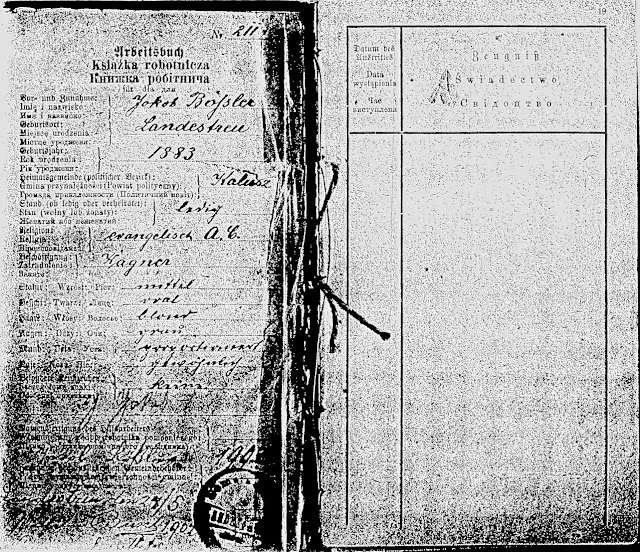 |
| From the writer's personal collection |
In the middle are my grandfather Bill Brooks and my dad who had just had his third birthday. I know who and where (Kew Gardens in the Beach area of Toronto) but wasn't sure of the occasion. What was the RBP and who were these serious looking gentlemen?
I knew my family were Orangemen and my sleuthing revealed that there was a connection. But first some background. The Loyal Orange Lodge was inspired by the July 12th 1690 victory of the Protestant William of Orange over the Catholic King James II at the Battle of the Boyne near Dublin in Ireland.
 |
| grandorangelodge.ca |
My great grandfather John Andrew Brooks was a staunch Tory and a staunch Orangeman. He belonged to the Malvern Lodge 3019 and I believe he was one of the founding members. At one point he was the Grand Master of the Lodge.
Toronto Telegram, date unknown
Unfortunately I wasn't able to find out much more about his involvement with the Lodge. Like many societies the Orange Order is somewhat secretive about their rules and operations. I found an interesting Catalogue of Orange Supplies that had paraphernalia for sale but no real explanation of what the goods were to be used for.
Guess this is where the term "hoodwinked" came from.
 |
| Toronto Public Library "Catalogue of Orange Supplies" |
 |
| Toronto Public Library "Catalogue of Orange Supplies" |
My grandfather followed his father into the Order, no doubt feeling that involvement would give him status and a step up in the world. This 1920 letter talks about his moving from a lodge in the Dufferin Bloor area to one closer to home in the East end.
 |
| From the writer's collection |
Bill became quite involved in the Lodge and two of its brother organizations. There is even less information available about the other two orders but I do know you had to be a member of the Orange Lodge before you could join the other organizations. The first was the Royal Arch Purple. My grandfather had this handsome certificate. It's huge and I was only able to scan it in two pieces.
 |
| From the writer's collection |
And the other organization he belonged to was the RBP that started my story: The Royal Black Preceptory. It appears that the other two orders were stepping stones to get to the RBP which was seen as a more dignified and religious group. It was interesting to note that my grandfather apparently reached the Red Cross Degree which was the highest level of the RBP.
 |
| From the writer's collection |
The Catalogue of Orange Supplies had some interesting stuff for this group:
 |
| Toronto Public Library "Catalogue of Orange Supplies" |
But the most interesting item in the Catalogue is this page which clears up helps clear up the mystery of the picture and an item that's been in my sister's possession for a number of years:
 |
| Toronto Public Library "Catalogue of Orange Supplies" |
We just knew them as Grandpa's jewels but didn't really know what they meant. Here they are in the handsome case. He sprung for the higher level jewels in the "original and artistic design" to show he belonged to York Royal Black Preceptory No. 686 that met at the Ulster Temple at 214 Main Street on the 3rd Friday in every month
 |
| From the writer's collection |
This organization was obviously very important to my grandfather as $15 was a lot of money in the 1920s/30s. It was interesting to read about these groups as I never thought of him as a religious person. Religion was an important component of the Orange Lodge and the other organizations but I think the fraternal and benevolent side was also important and clearly filled a place in men's lives in the 19th and 20th centuries in Toronto. As the Order declined in relevance and Lodges closed my grandfather didn't continue his membership though I can't say for sure when his involvement ended.
 |
| From the writer's collection |















